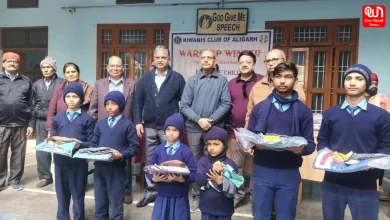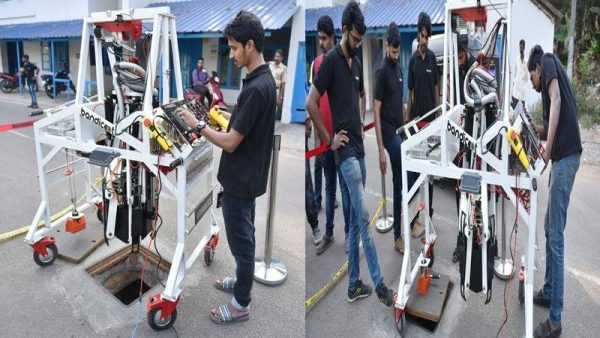Nepal Earthquake: A SAARC Perspective

Nepal Earthquake: A SAARC Perspective
Even as the international community extended their share of help for the rescue operations in Nepal, South Asian Association for Regional Cooperation’s (SAARC) absence was quite apparent. Being a regional organization, SAARC, was expected to be more involved in the rescue and rehabilitation operation. Nepal is the current chair of the organization and it could have used it to mobilise the disaster management team.

‘Its about democratic ethos’, Ashim Roy
Shri Sheel Kant Sharma, Mr. Kanak Mani Dixit and Shri Ashim Roy took the podium to put forward their views on the matter. Mr. Sheel Kant Sharma says, “We, at SAARC, create structure and then like to shackle them. It’s like a child who doesn’t let his car to move. We are afraid of redundancy. People don’t realise that we need to create mechanisms, system and people, who are ready. This is the base for any disaster management.”
The United Nations at Kathmandu already discussed with the local authorities about the long impending earthquake. A lot of effort was put in to assess the situation. Nepali government was sensitised. South Asian countries also need to realise that it’s not the earthquake that kills but the buildings. Building quality needs to be regulated so that structures can stand the test of time. South Asian countries need to get their act together. The SAARC agreement on disaster relief is at best a goodwill intention. There is nothing concrete.

Sheel Kant sharma expressing his views
“We must imbibe Mahatma Gandhi’s dictum, that ‘if you are helping someone don’t boast of it. Be humble about it,’” said Sheel Kant Sharma. The problem with SAARC Disaster Management Centre (SDMC) is that the power to act is with General Secretary, this creates a lot of red tape. In the wake of Nepal earthquake, countries went bilaterally because there were too many complexities via SAARC.
“South Asian countries are culturally the same but governed by strong power equations. So, the question is, where is the process that can integrate these interests? I think a humanitarian crisis is one framework where we can get together. People’s movement has to integrate with SAARC’s process. We can provide, what is so important in South Asian context, is the idea of a democratic ethos. That is how you bring out a much stronger ground for SAARC”, Ashim Roy.

Aavika
Kanak Mani Dixit adds to Ashim Roy’s observation saying, “One point that I would like to make about SAARC’s response is that, we are focusing only on military aspect of disaster response. We have to think about civilian response as well. In a democracy the military doesn’t bodes well for the state.”
SAARC countries should take this earthquake as a wakeup call and improve their disaster management and disaster response time. The SDMC should be made to work on a mechanism that is independent of the state.

There is a need to have a civillian response- Kanak Mani Dixit
Aavika, a fresh graduate from Delhi, says, “Although environmentalists had predicted the earthquake, Nepal failed to take sufficient precautionary measures. I didn’t hear anything about the role of SAARC. Being a regional organisation, it should have been more involved.”
Shanky, a Forensic Science student, says, “The global help and assistance which is provided to Nepal is well appreciated. As far as India goes, it was the first country to take immediate helping measures through Operation Maitri. But somewhere the role of media could be criticised as it got propagandist in a humanitarian crisis.”







